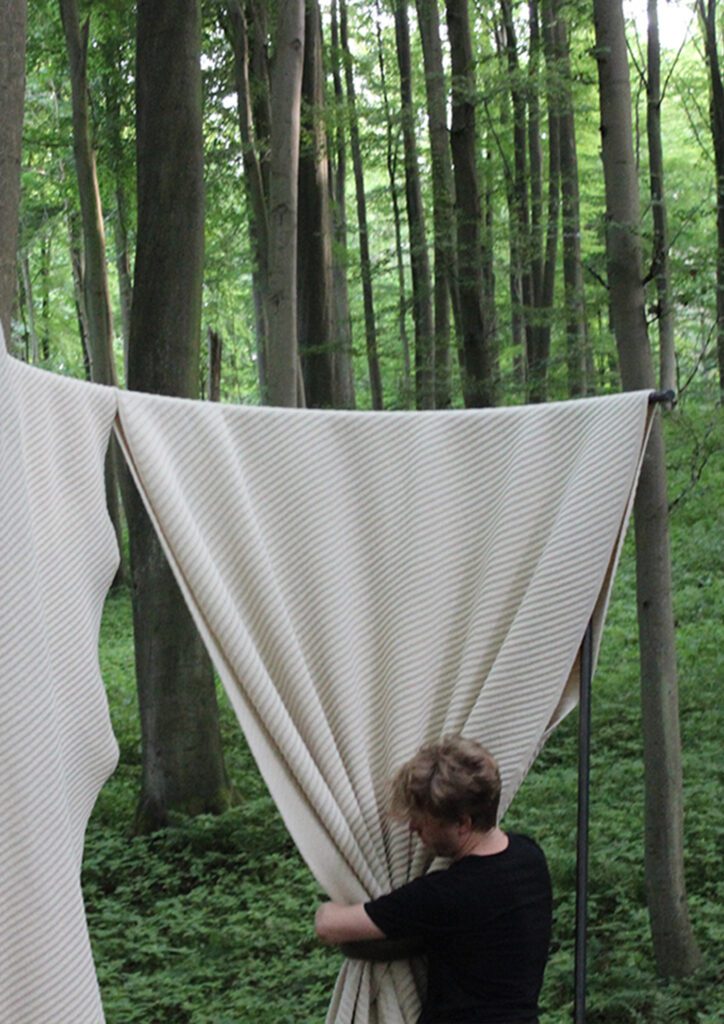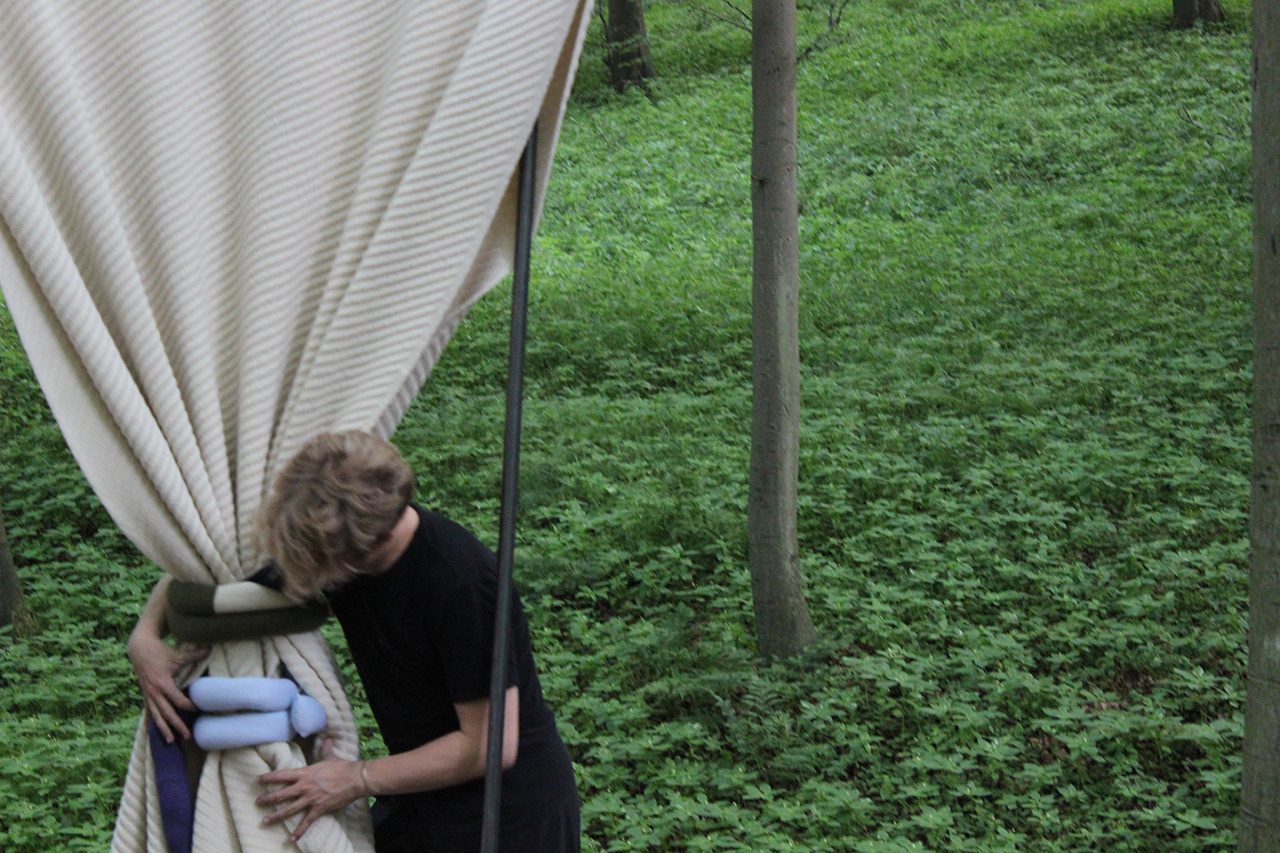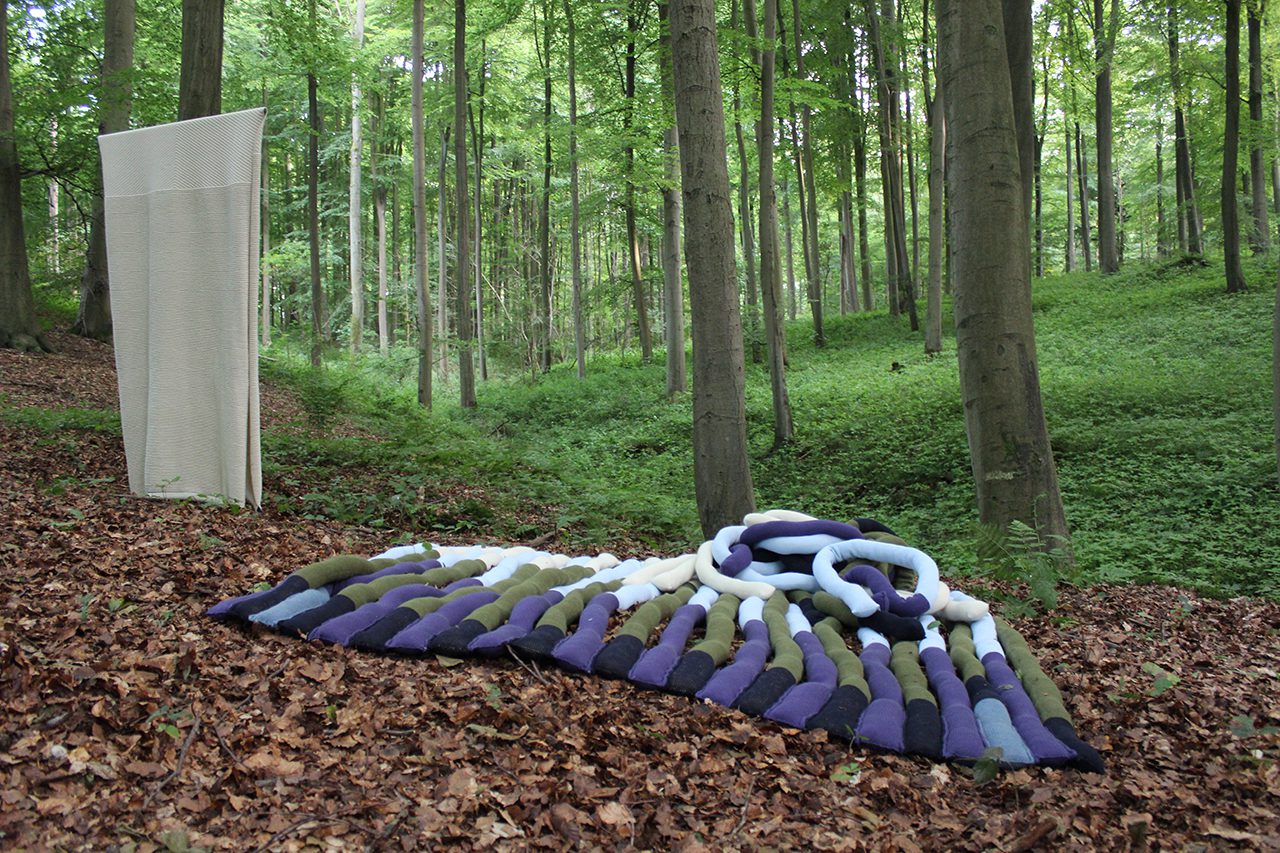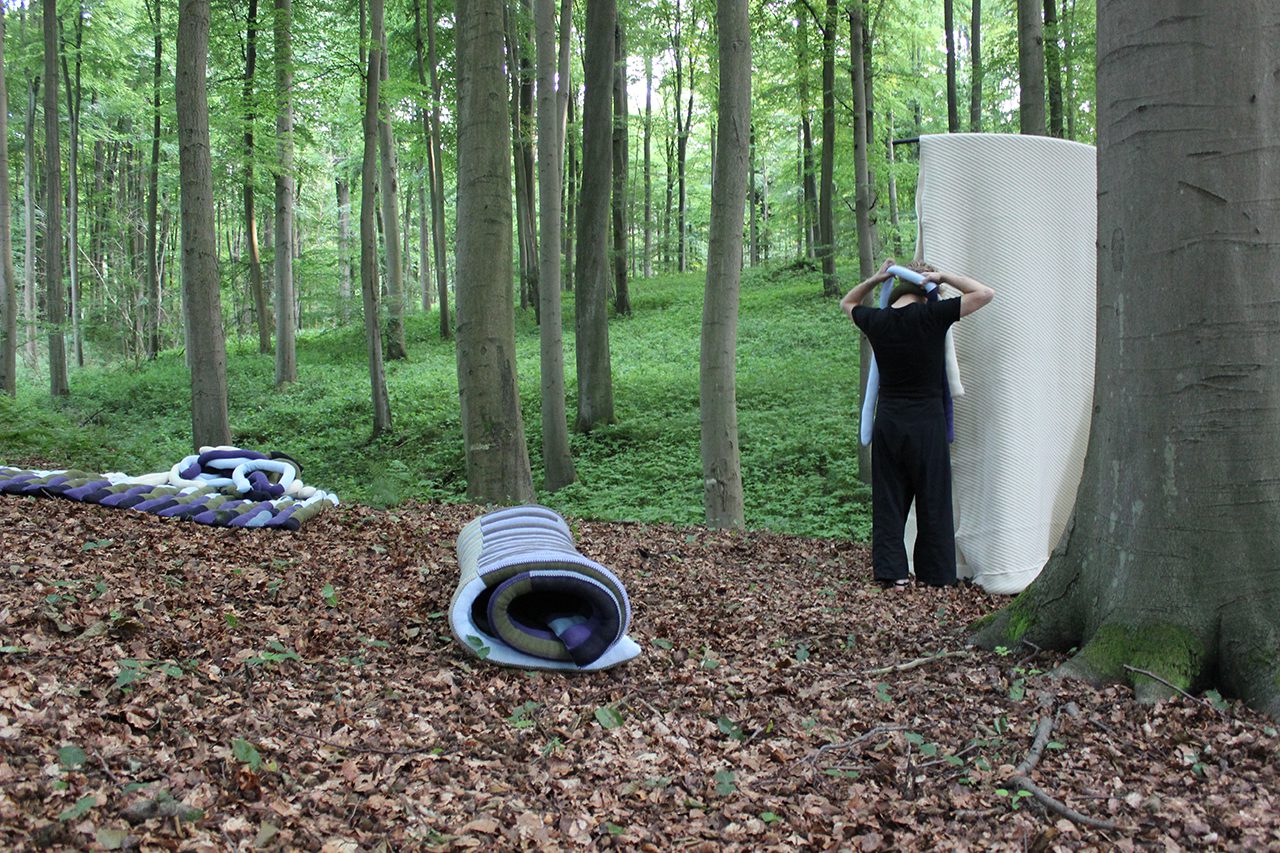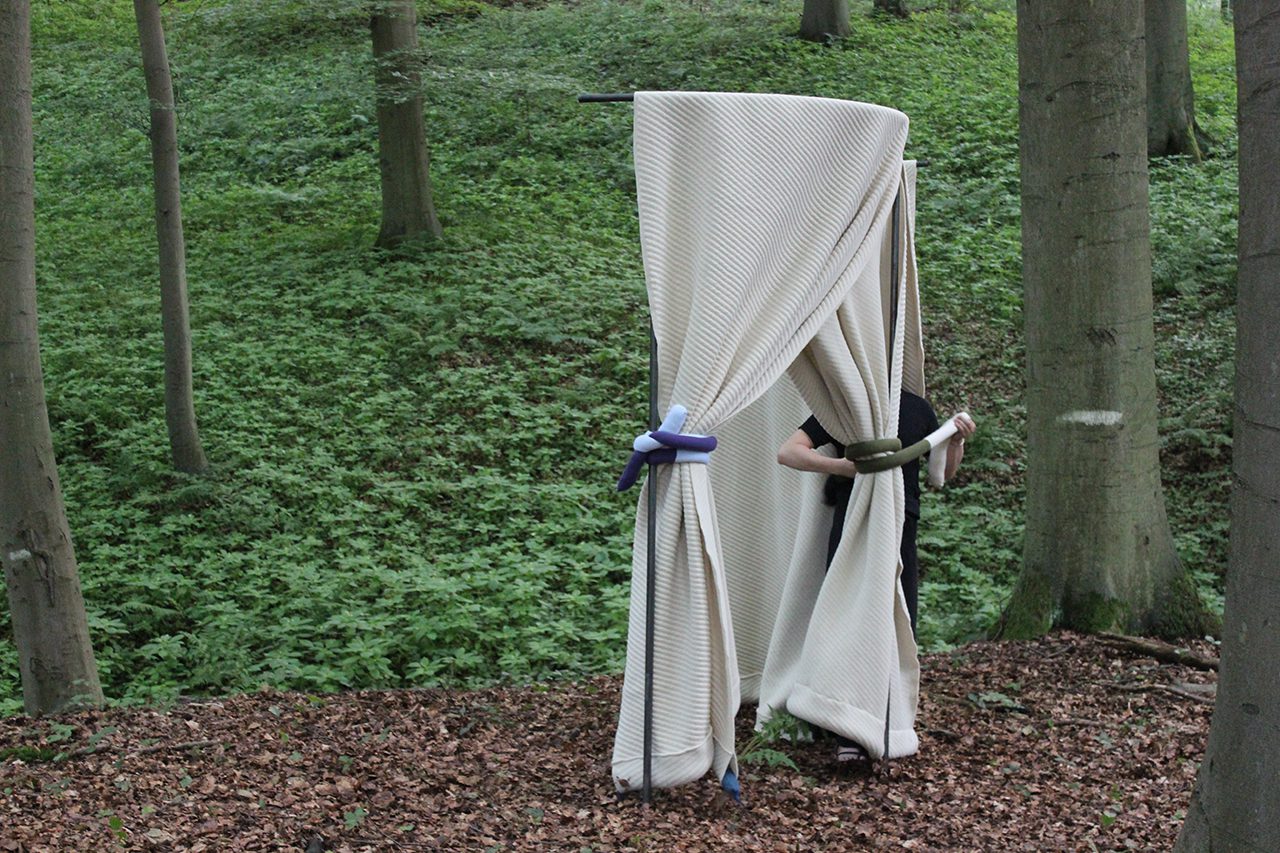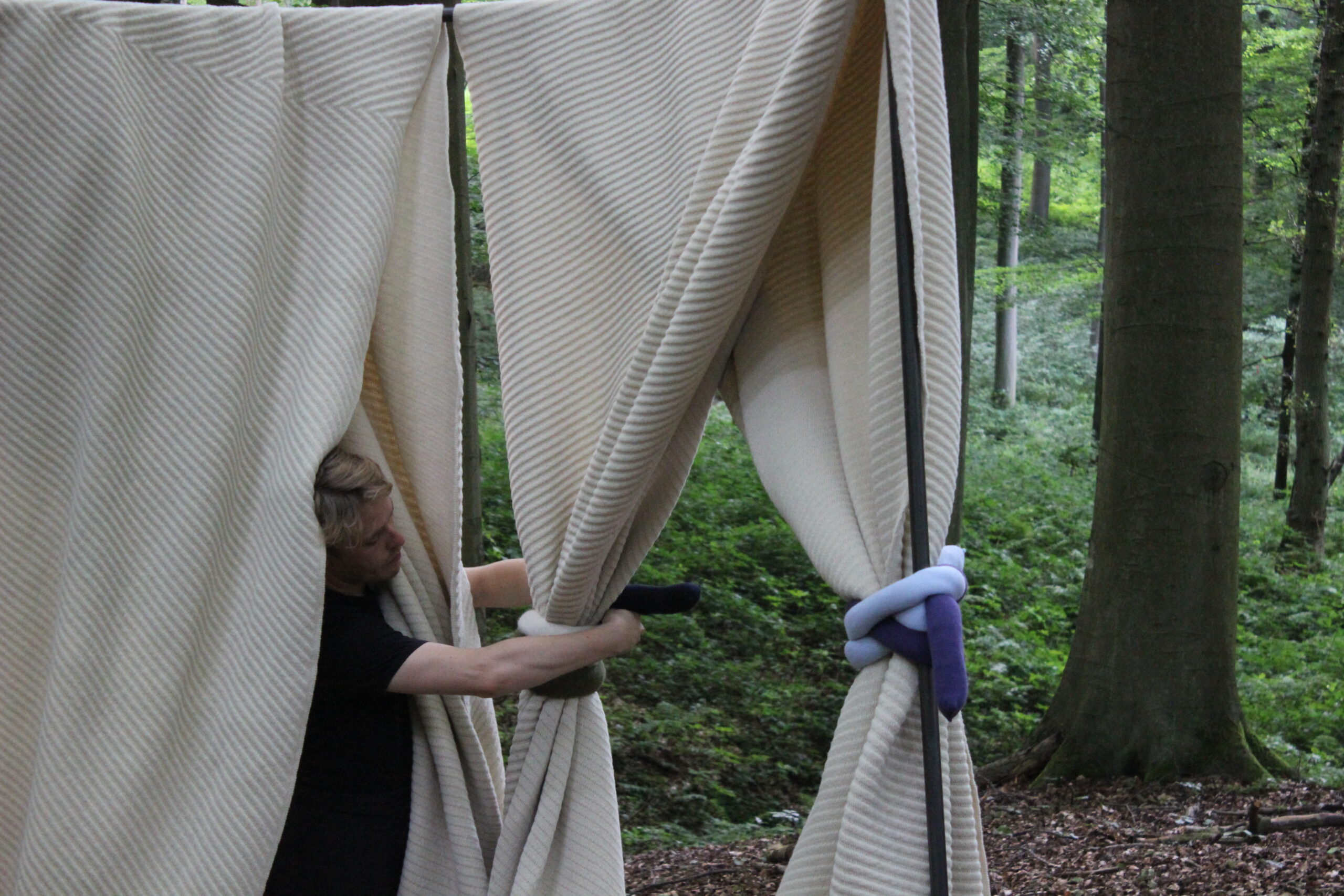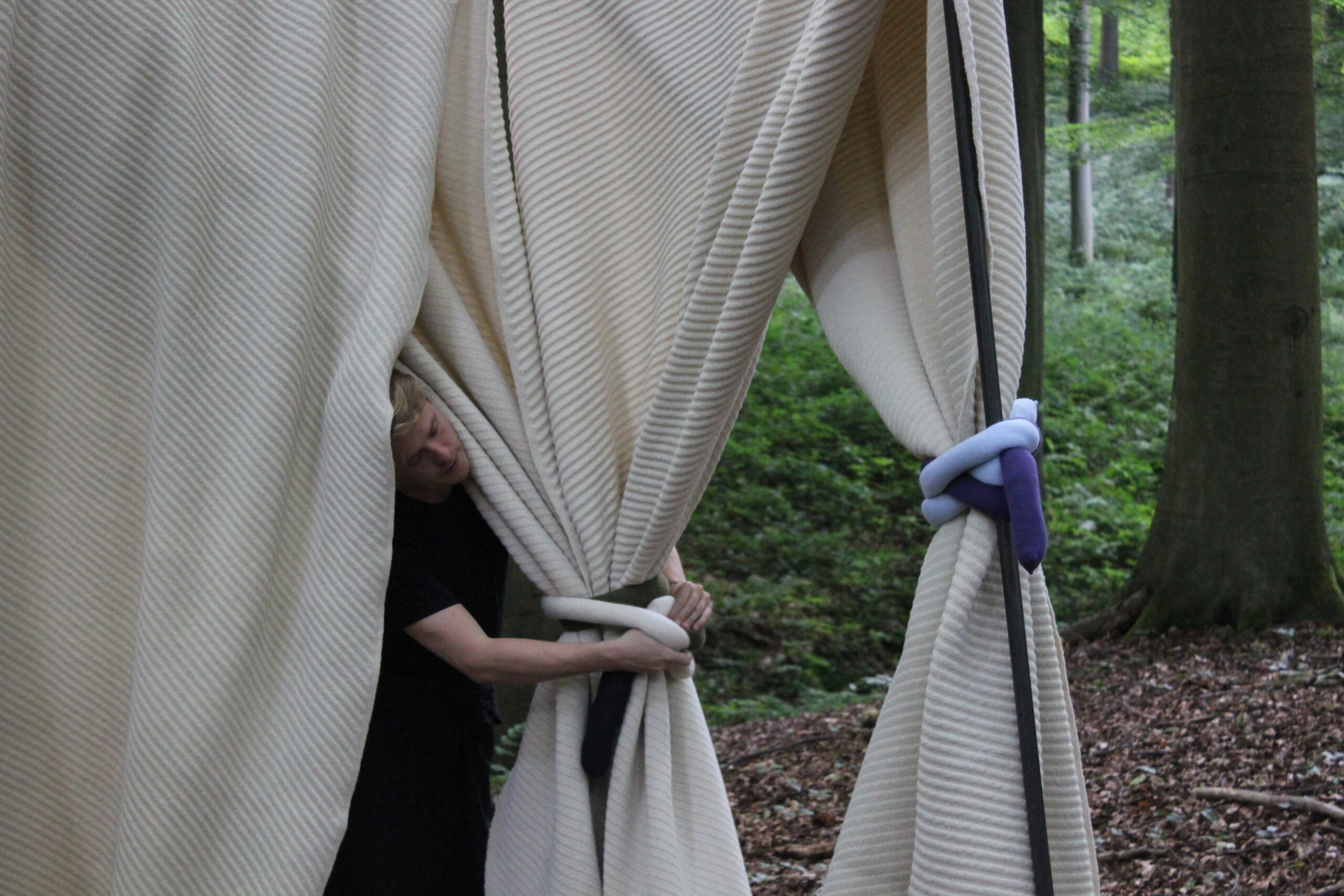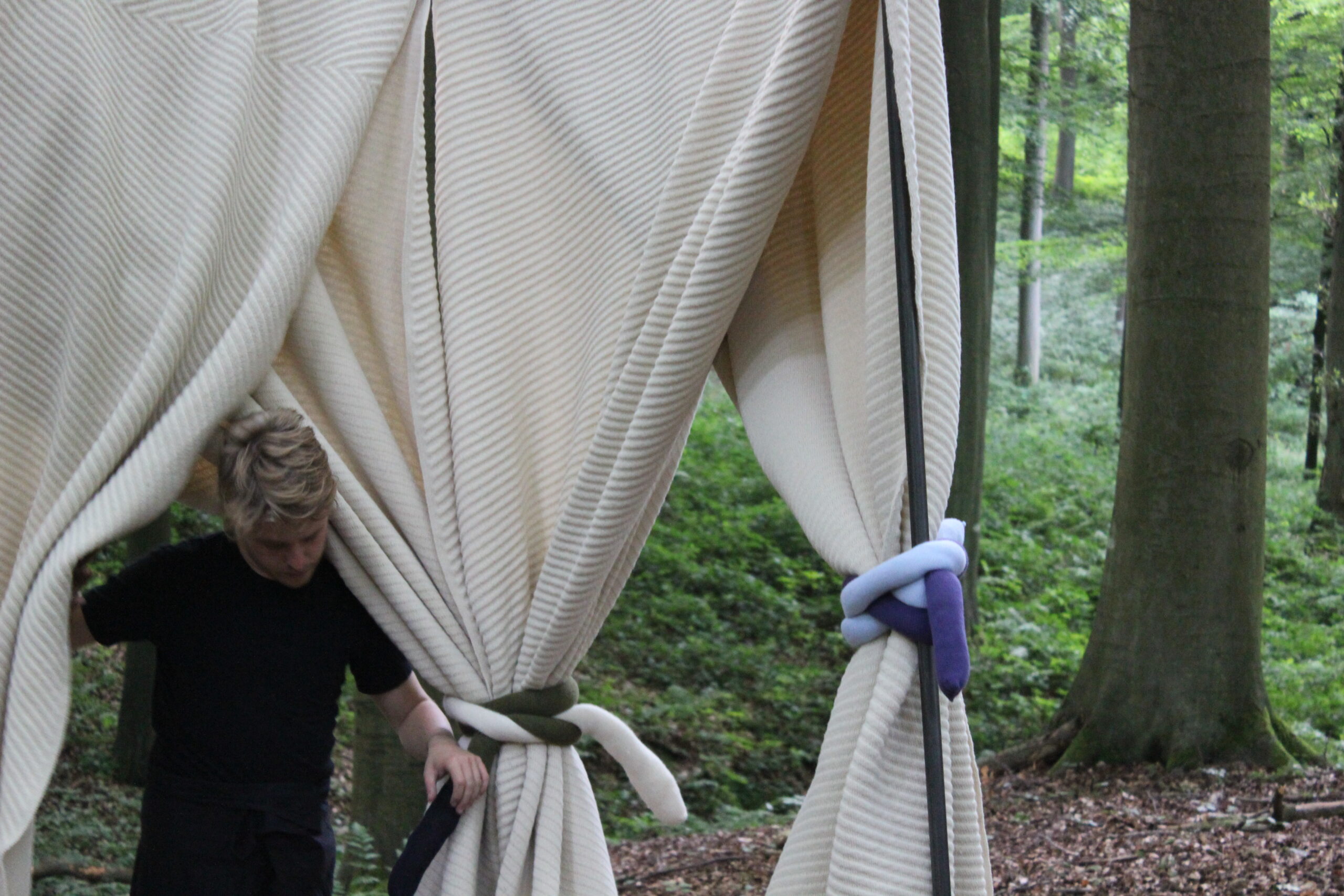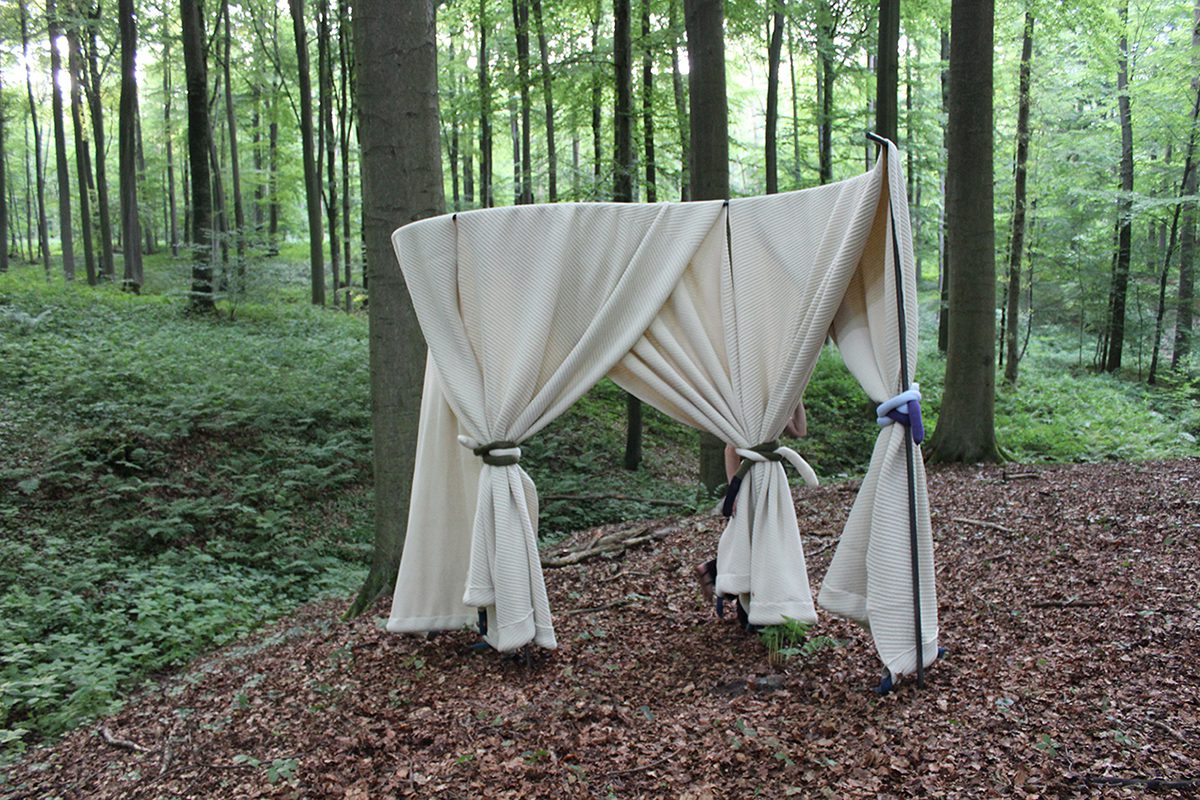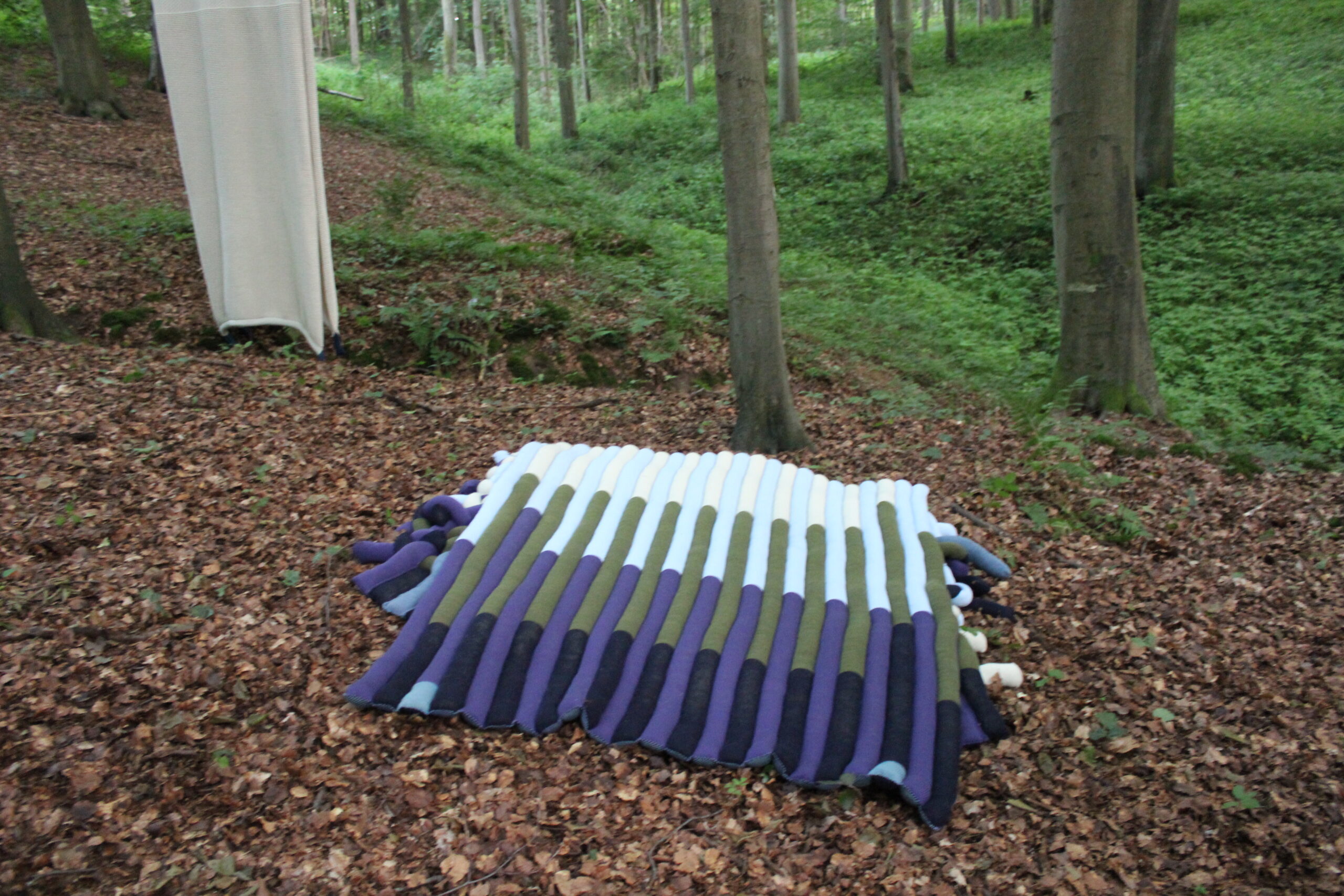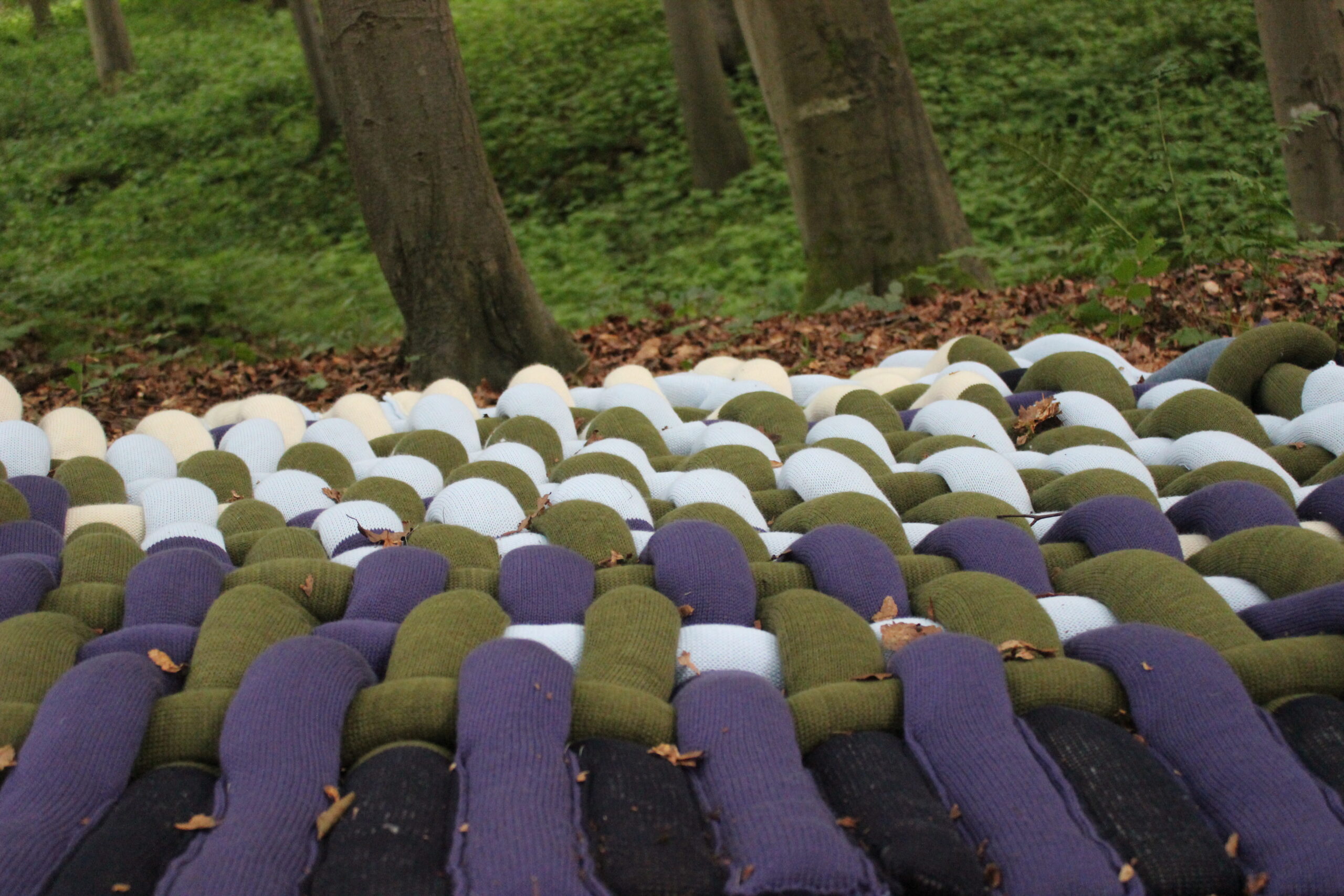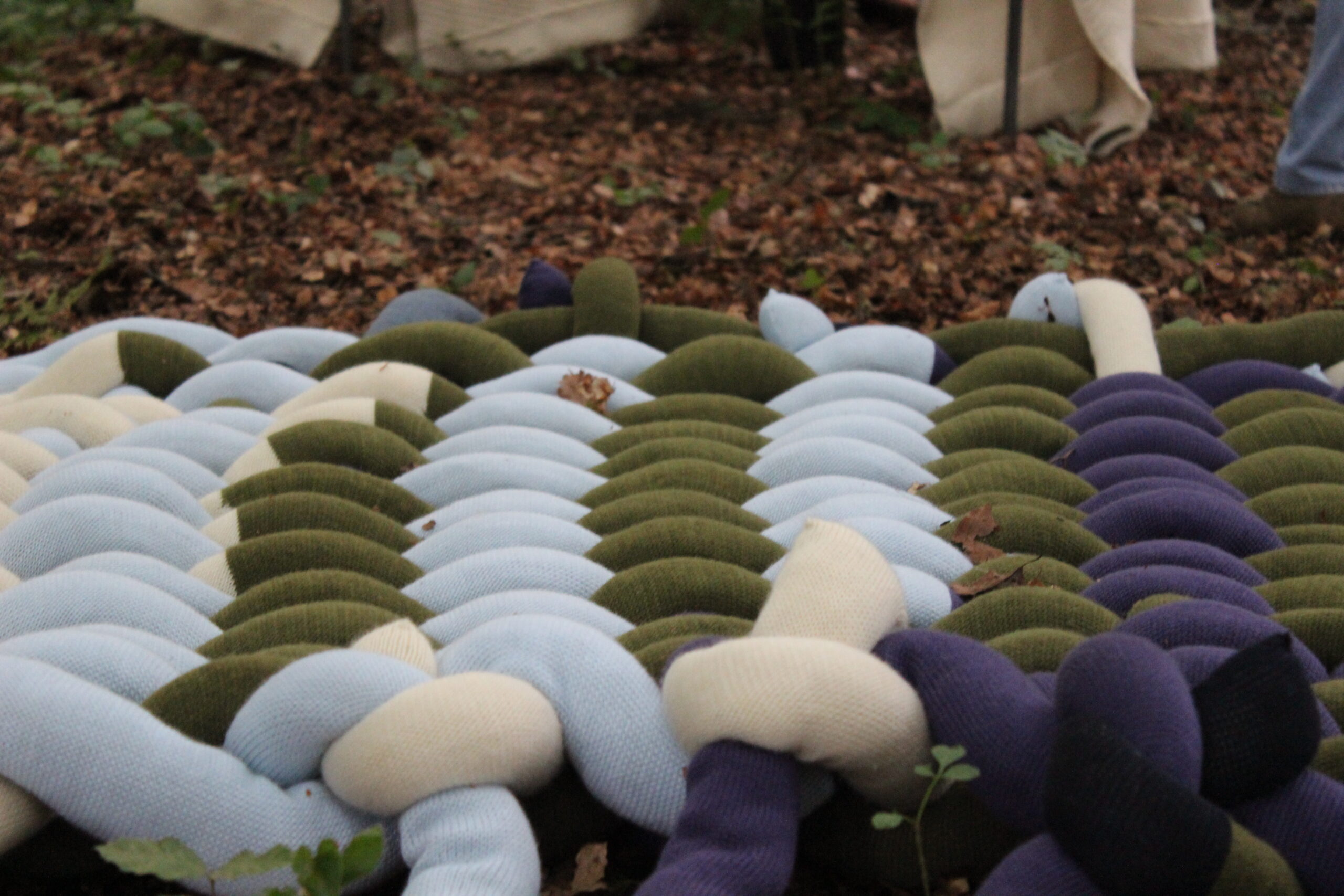Omarcity house project
Ana María’s exploration of movement, rhythm, and tactile experiences in textiles harmonizes seamlessly with Lila’s commitment to sustainable, color-rich knitwear. Together, they have created a sweater that embodies both perspectives—where texture, structure, and color come together in unexpected ways. Drawing from Ana María’s deep interest in the narrative potential of textiles and Lila’s expertise in knitwear, the design adapts effortlessly to the body, offering both comfort and a sense of empowerment. Rooted in sustainability, every element is carefully considered, from the use of biodegradable yarns to innovative knitting techniques that shape the garment with zero waste.
Thank you to Ida Coopieters for the collaboration in programming and production.
If you’re interested in a knitted sweater, don’t hesitate to contact us. All our pieces are made to order.
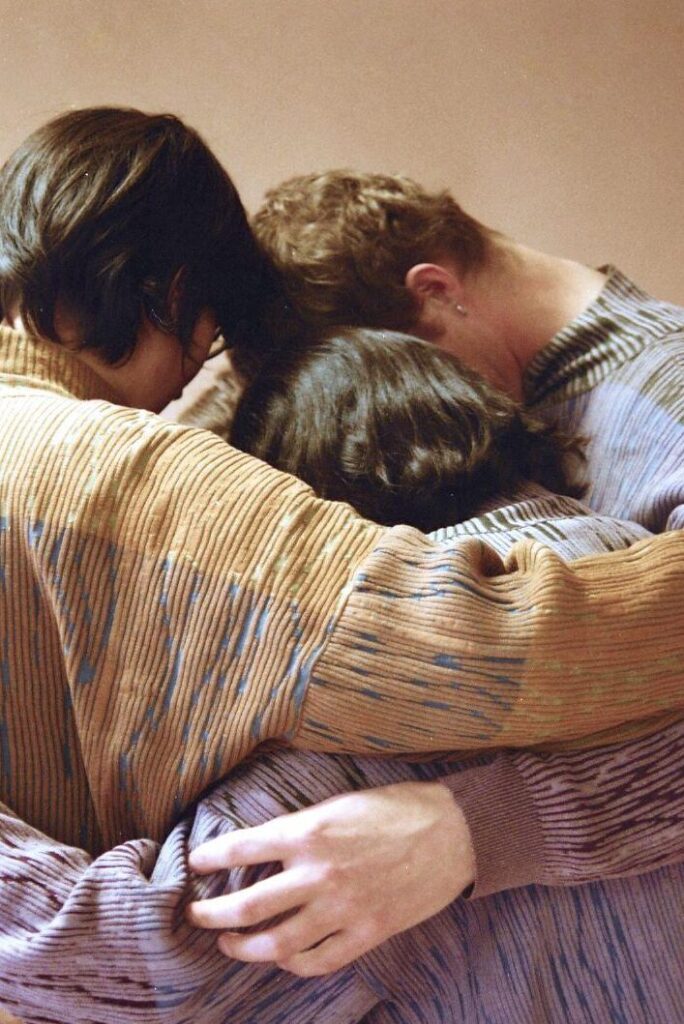
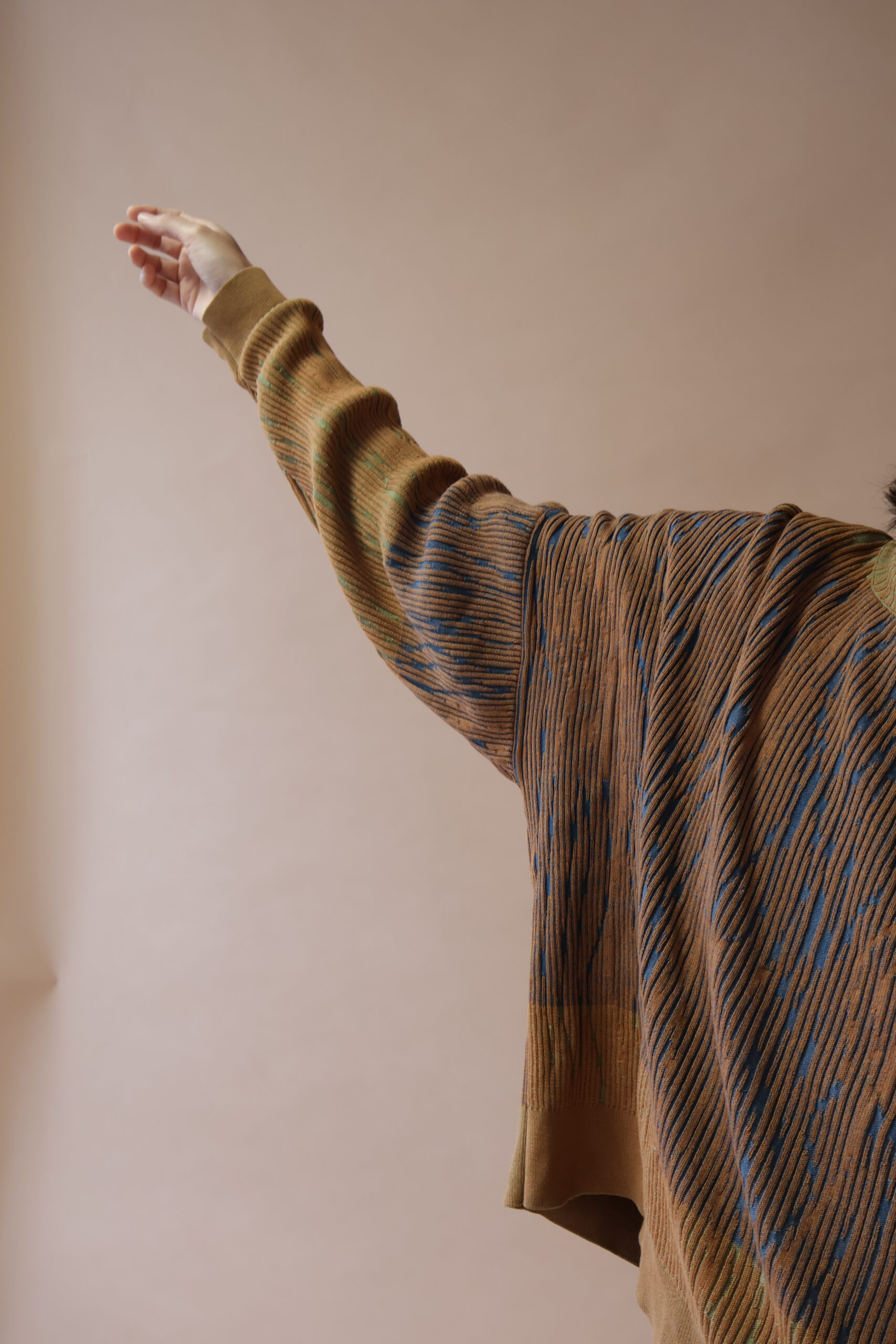
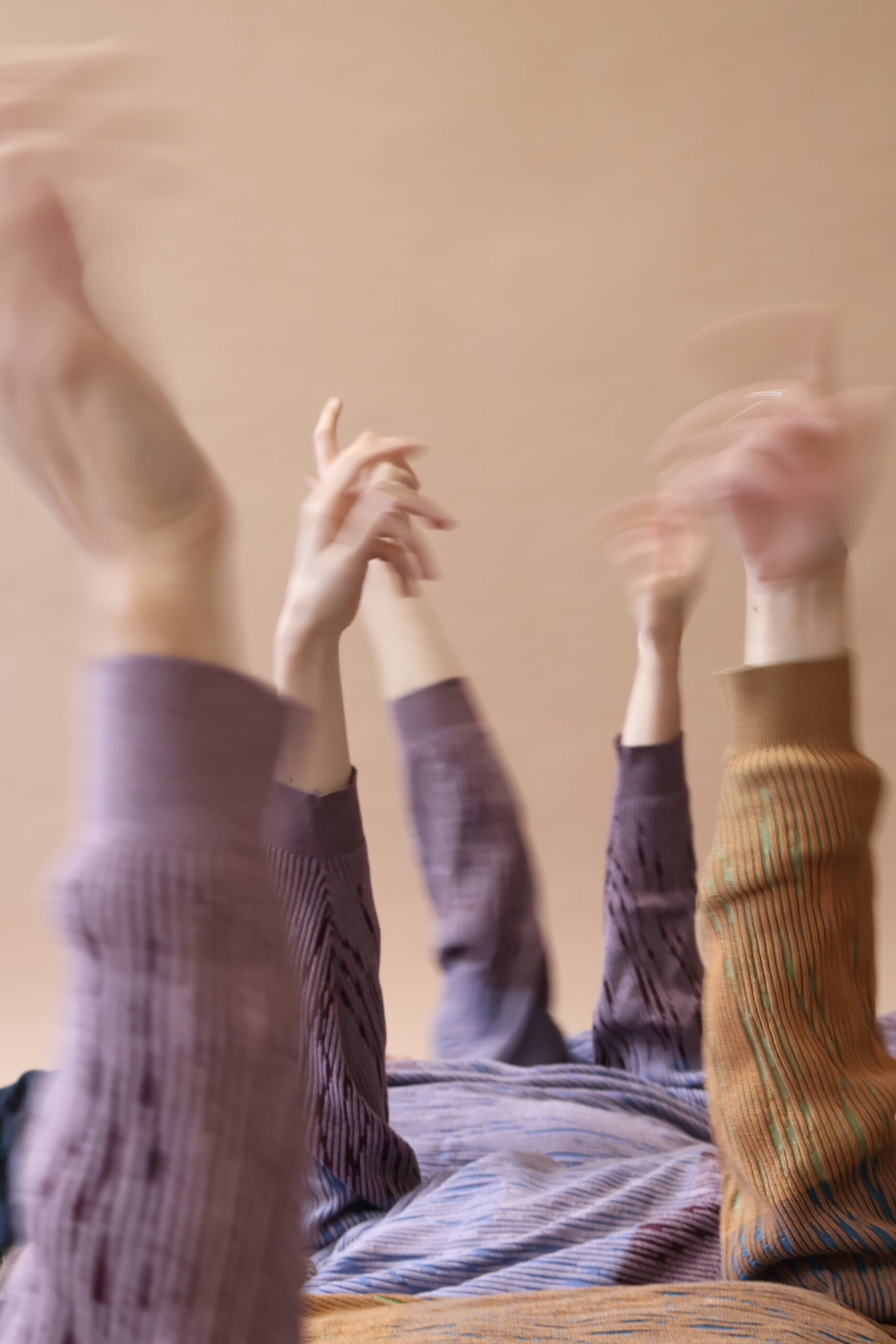

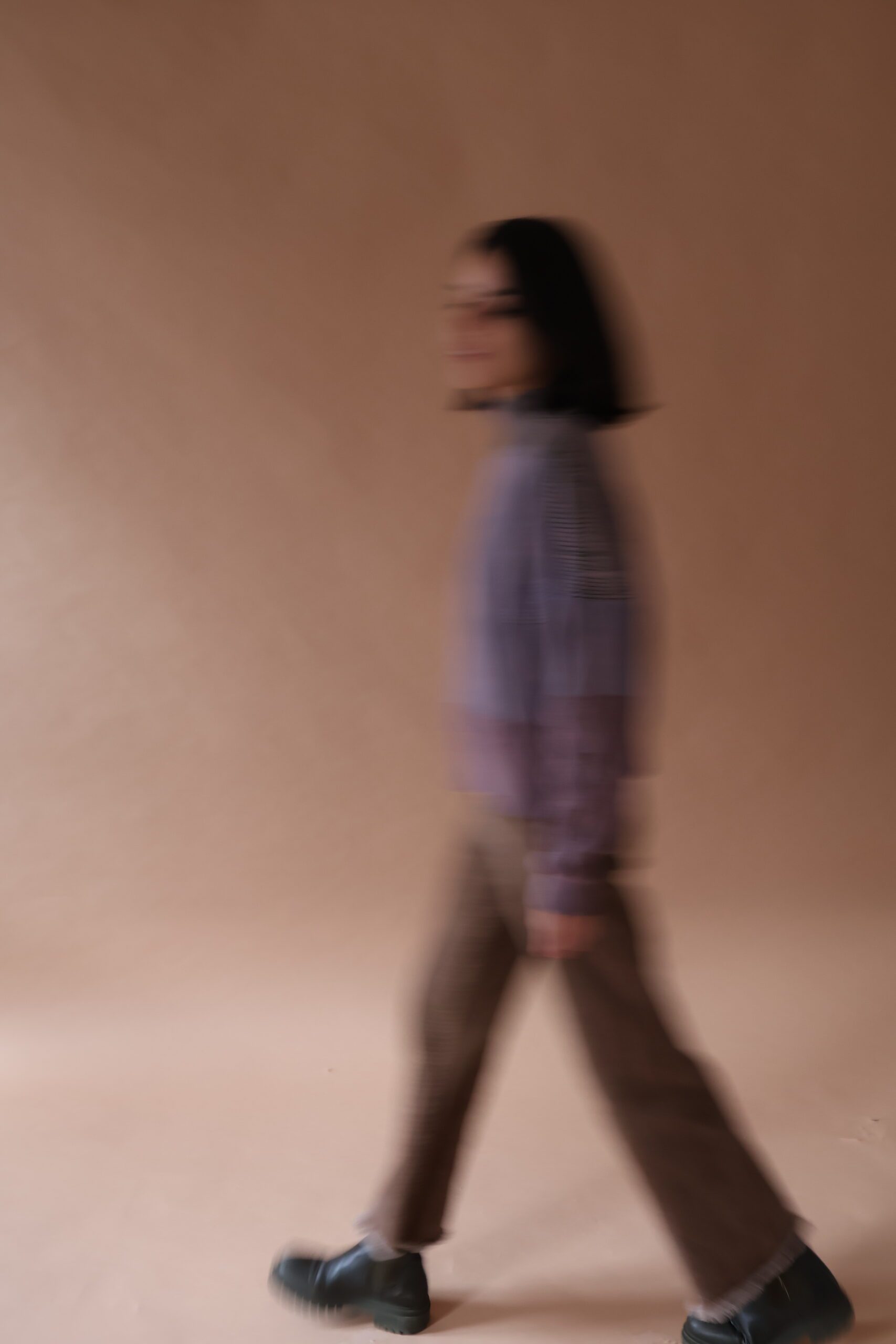
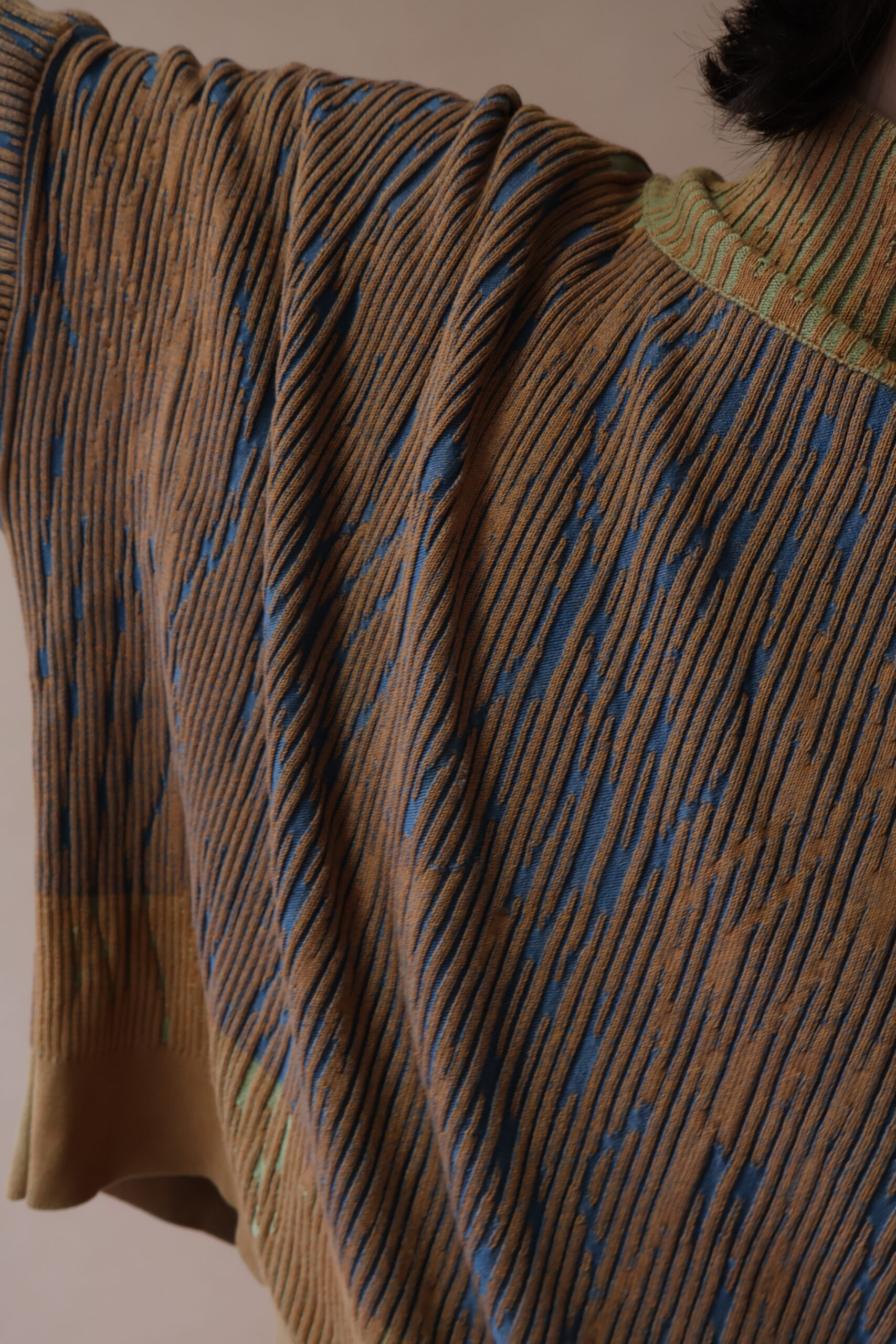
Butaco: stool.
Peludo: flurry, soft and woolly.
In this stool collaboration between Juan Pablo Plazas and Ana María Gómez the only rule is to try out something new with what we are familiar with. In other words, to take a step into the unexplored, together with found and old atelier materials.
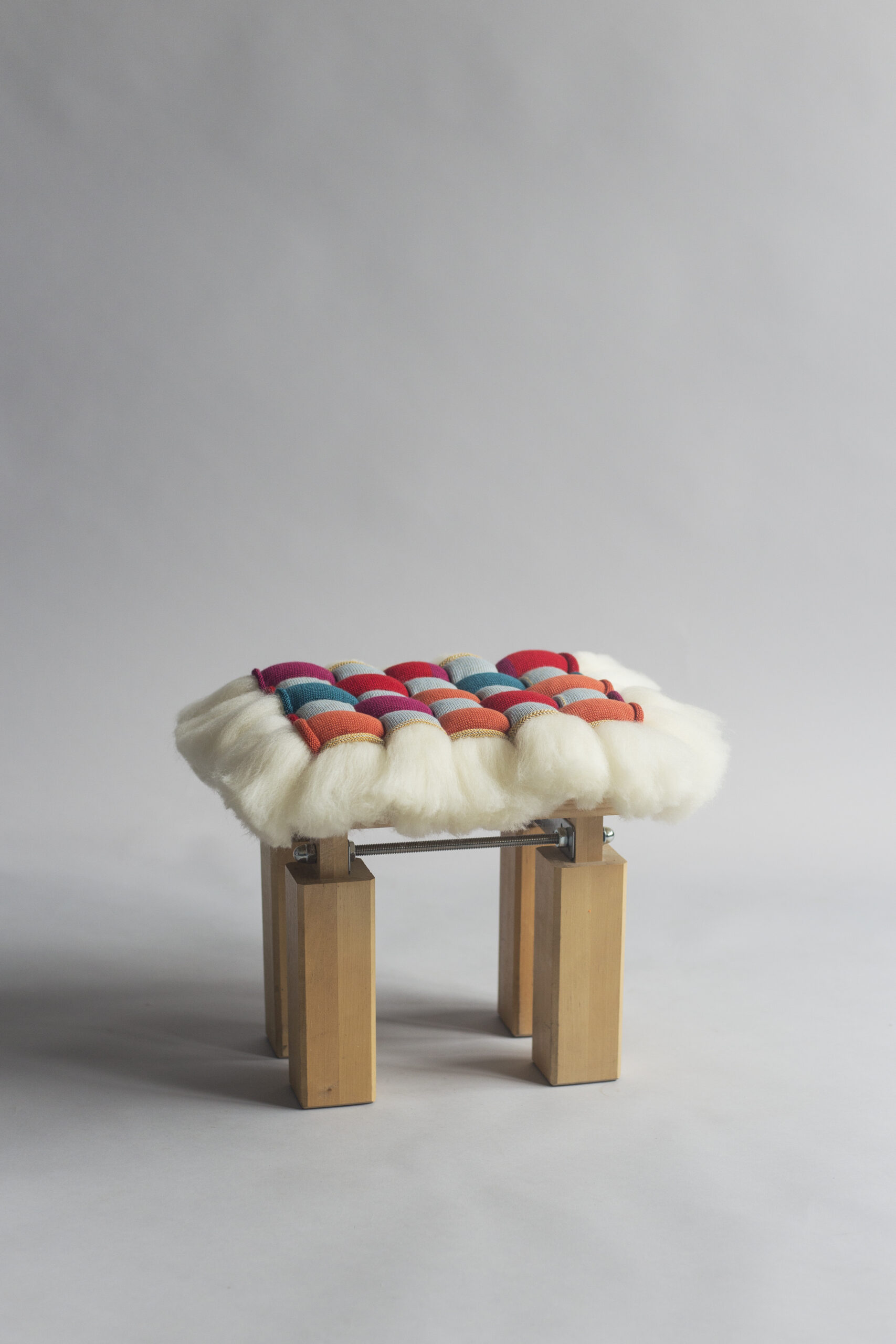

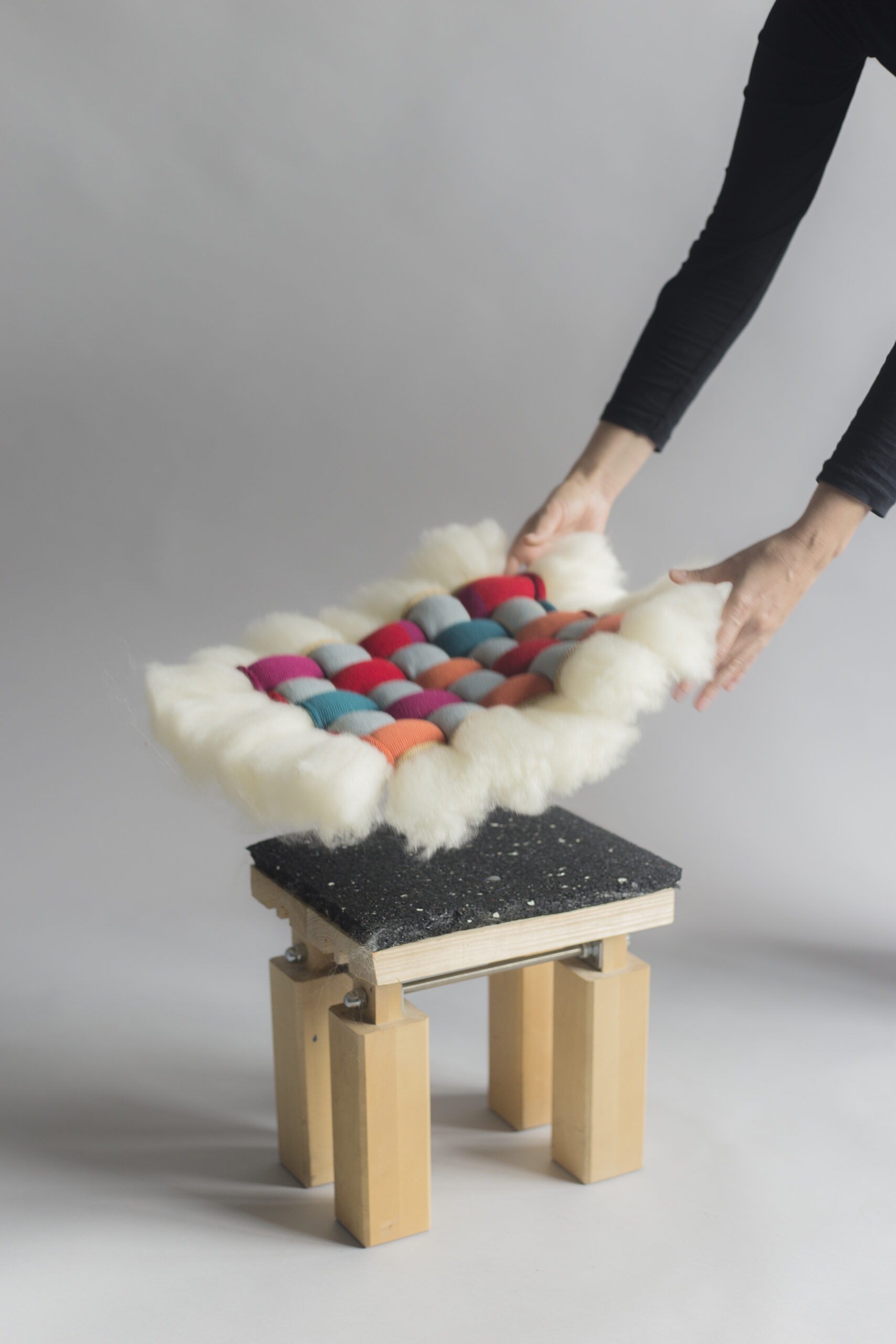
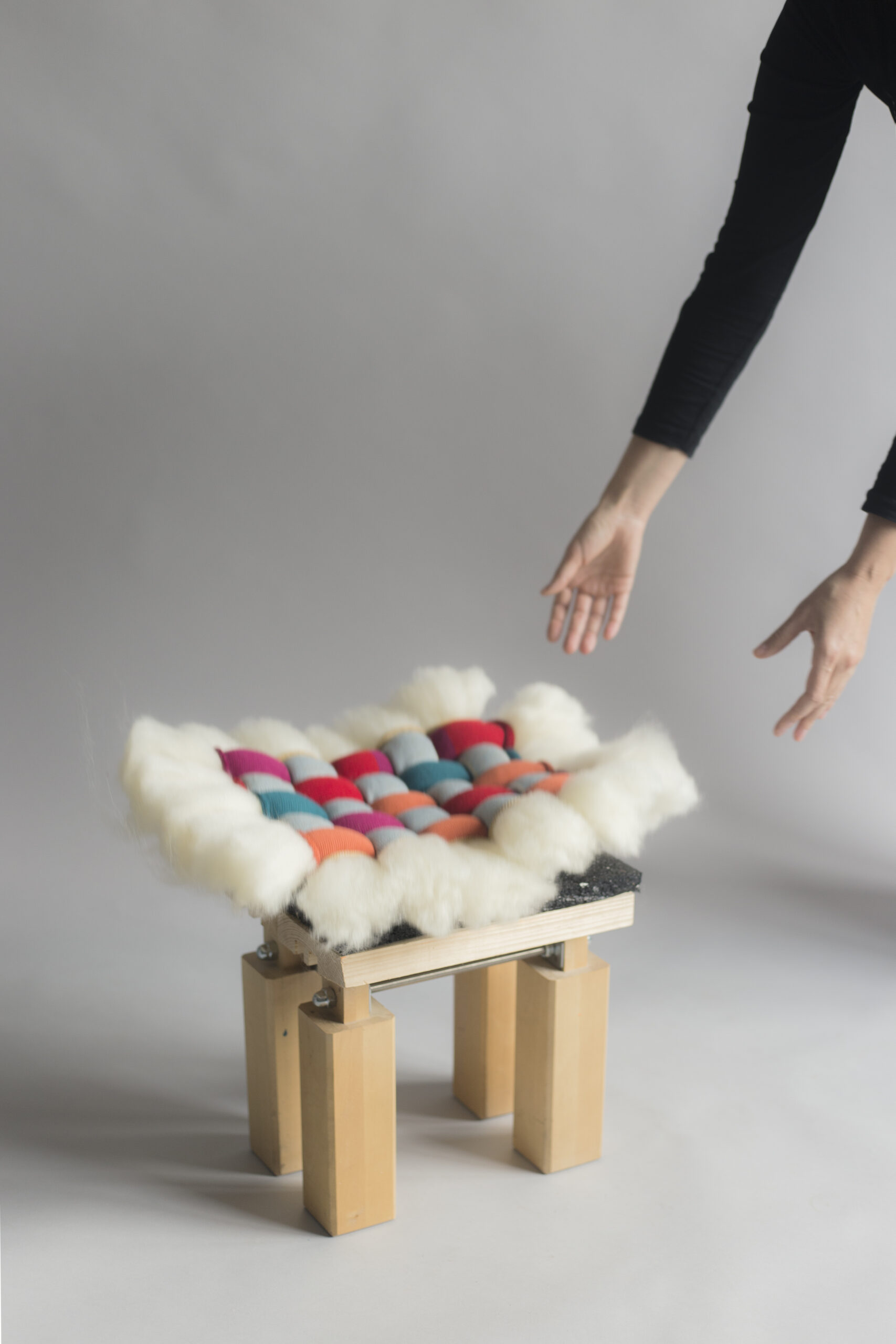

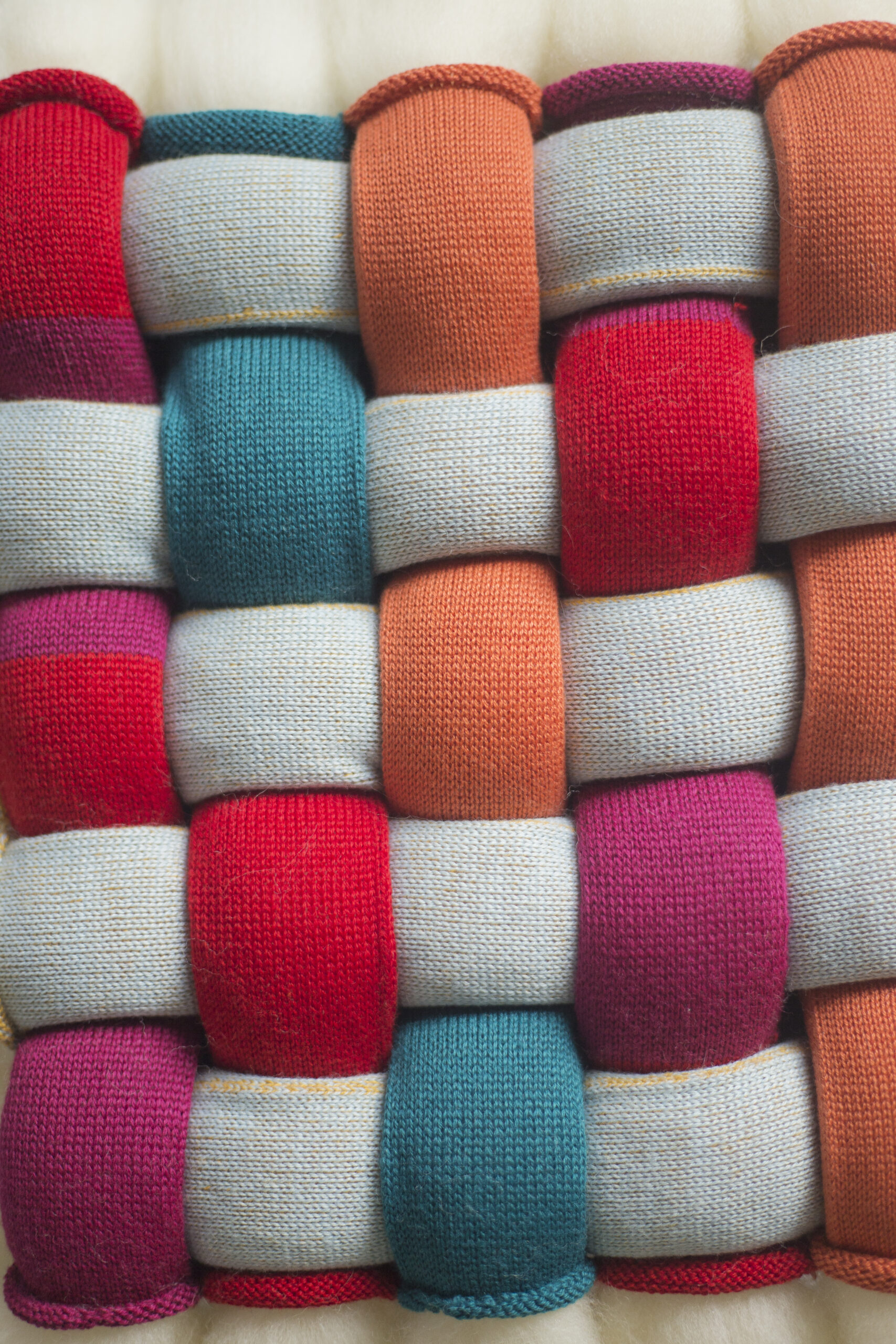
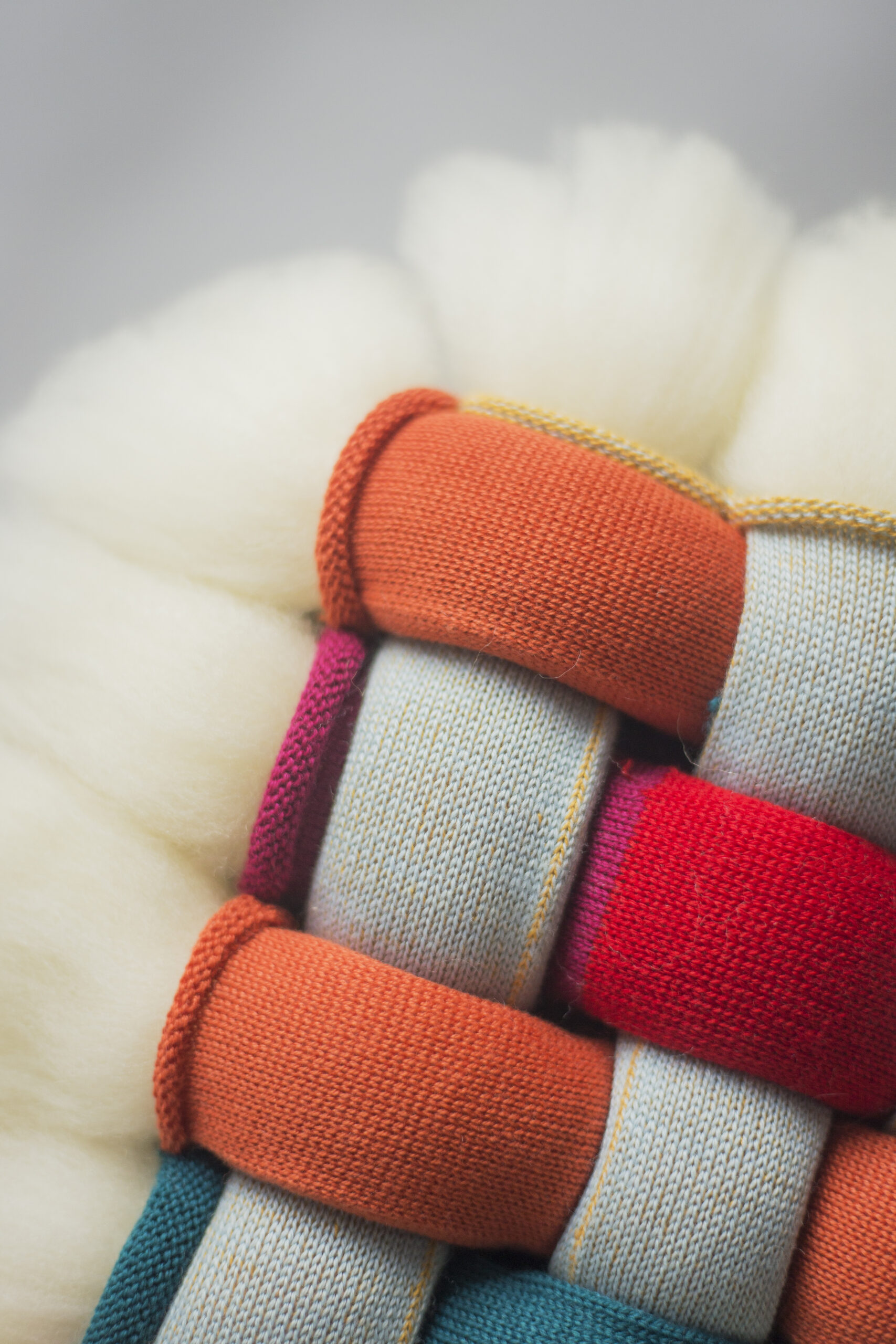
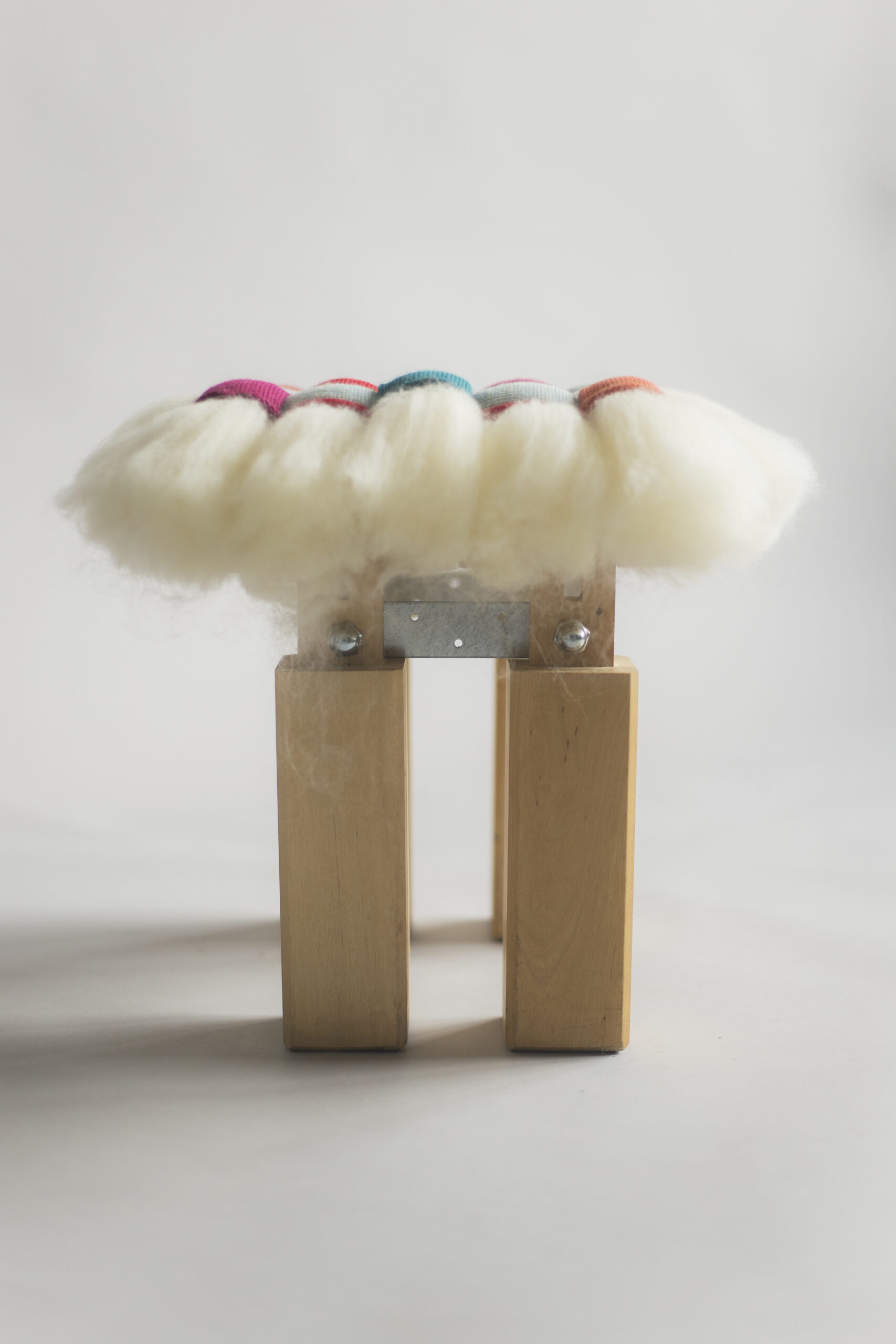

Textile / Furniture Project
Wander: From Old English wandrian (“to move about aimlessly”), rooted in West Germanic *wandran (“to roam”).
Way: From Old English weg (“road, path; course of life”), derived from Proto-Germanic *wegaz (“course of travel”).
This project proposes an investigative exploration of textile processes within Belgian industries, the creation of textile-based works as an outcome of the investigation. Central to the inquiry is the role of textiles in nomadic cultures, where material practices transform cloth into portable, adaptable living spaces. Drawing inspiration from these traditions, the aim is to design a temporary textile structure that embodies the impermanence, mobility, and cultural heritage.
Textiles, as a medium, are deeply intertwined with social evolution. Their history—spanning private, collective, and functional contexts—positions them as witnesses to cultural, artistic, and architectural phenomena. Traditional textile practices, having endured for centuries, remain among humanity’s most resonant forms of cultural expression. By merging Belgian industrial techniques (e.g., linen production, lacework, or contemporary fabrication) with nomadic ingenuity, this project seeks to reimagine textile’s potential to shape space, narrative, and community.
